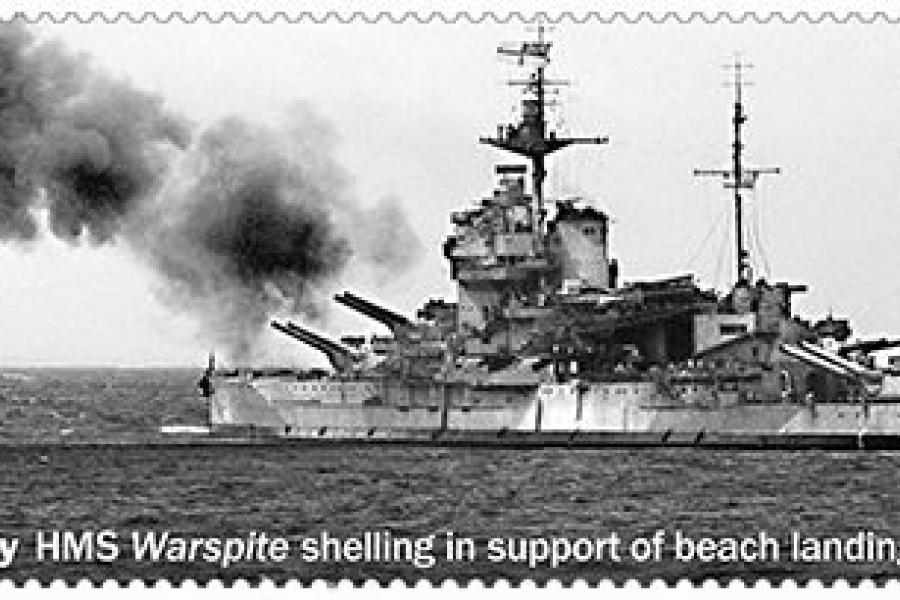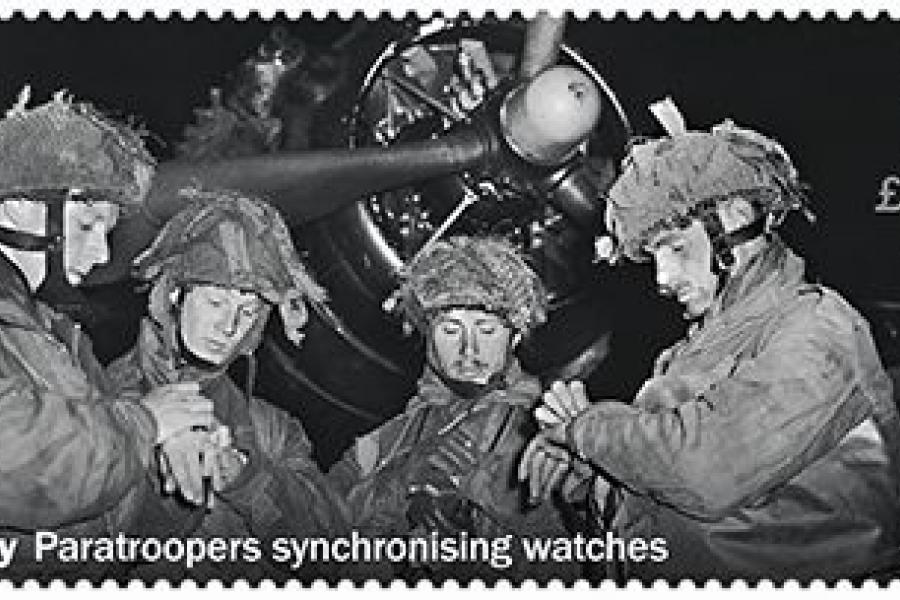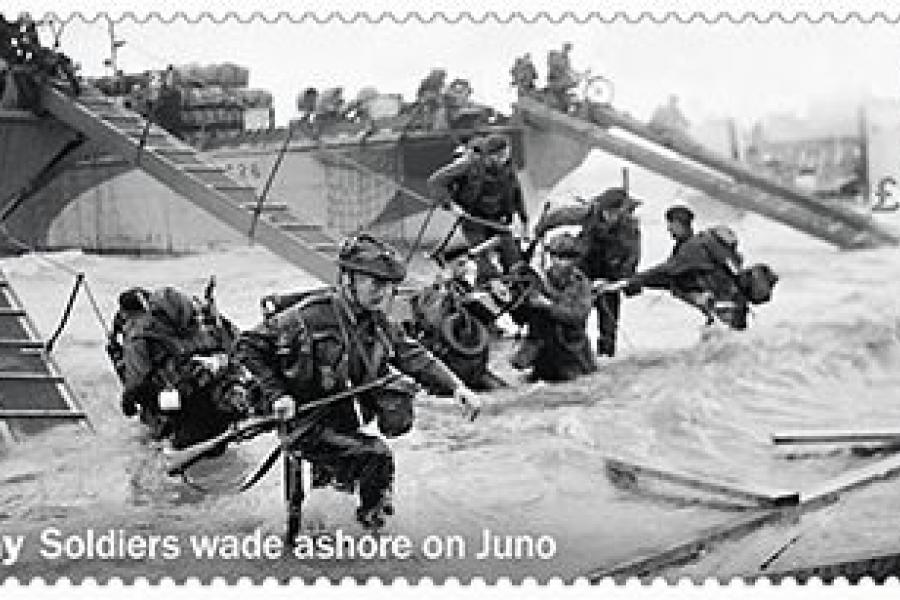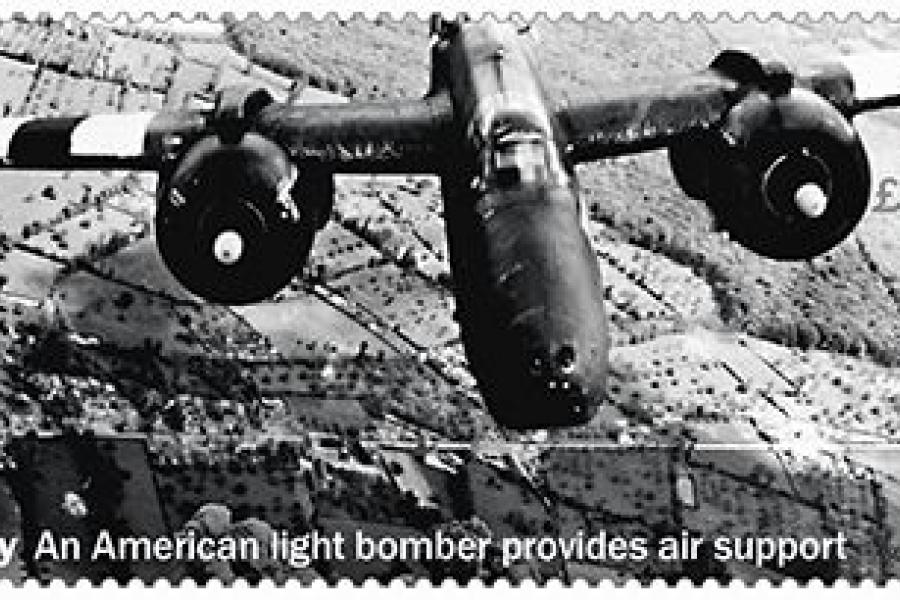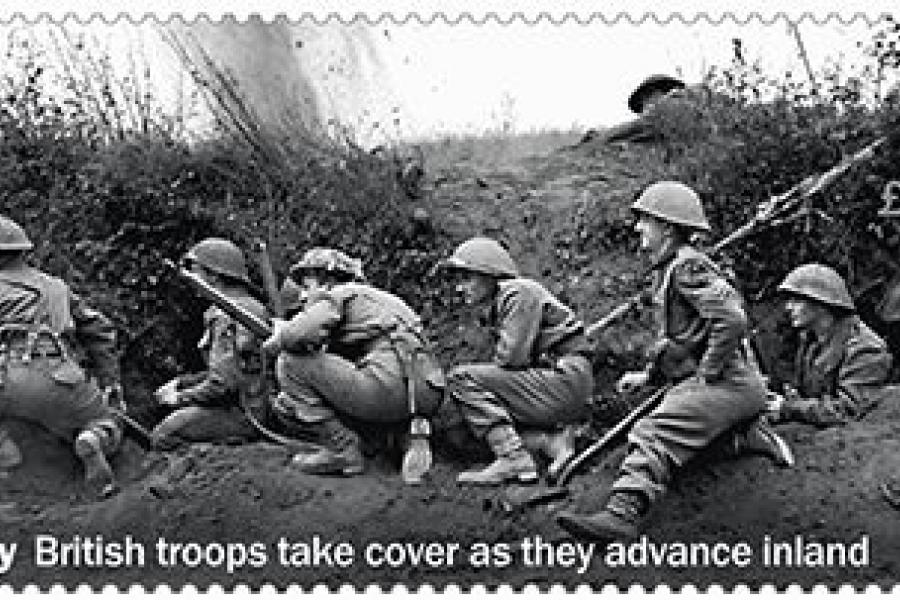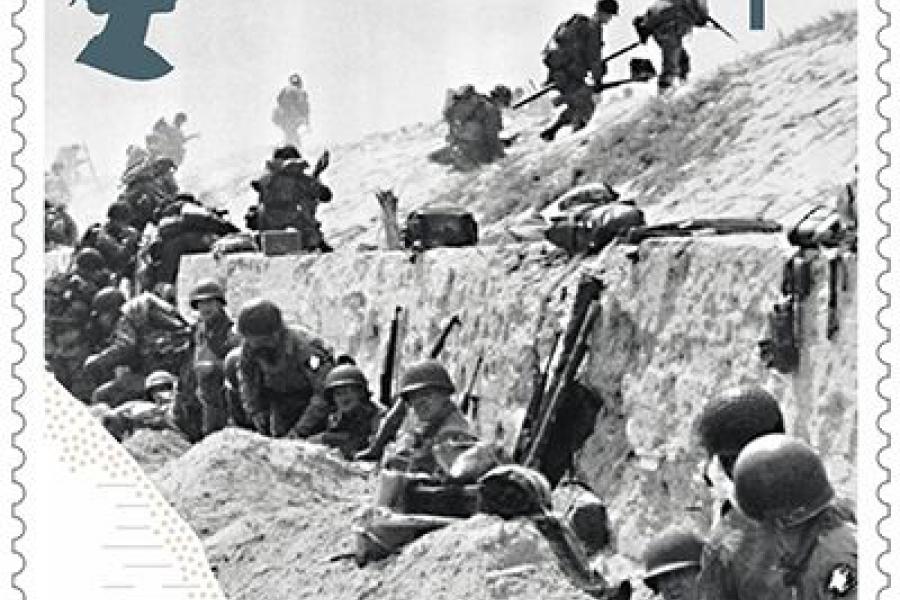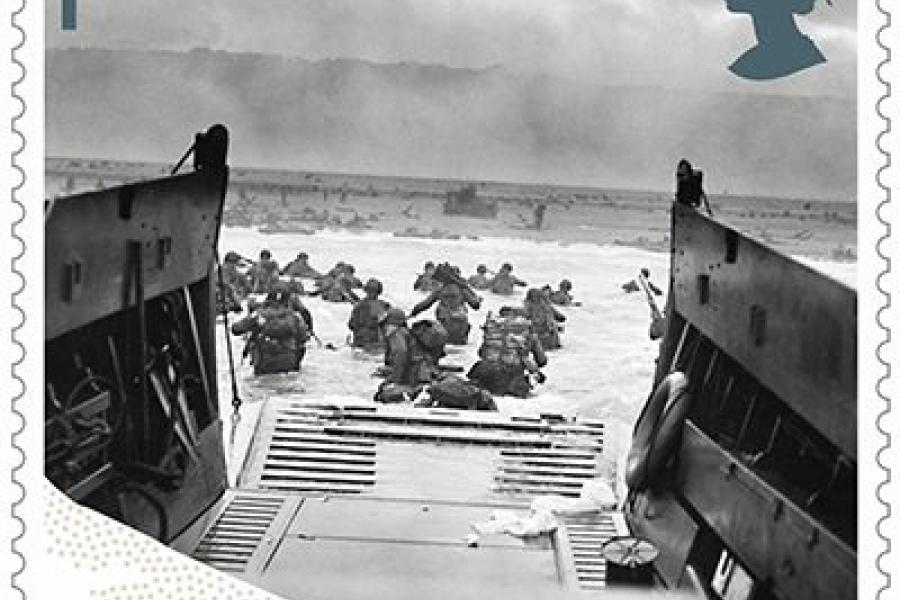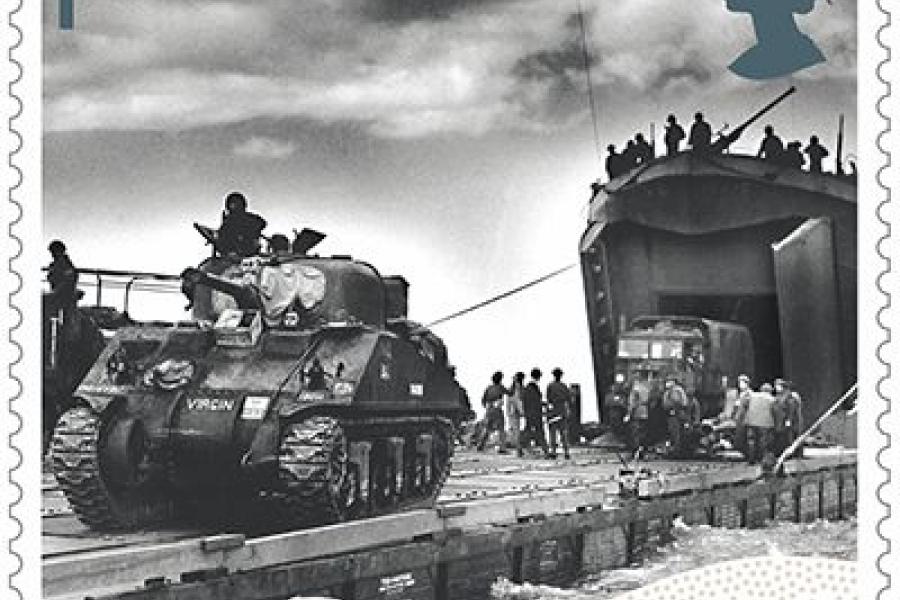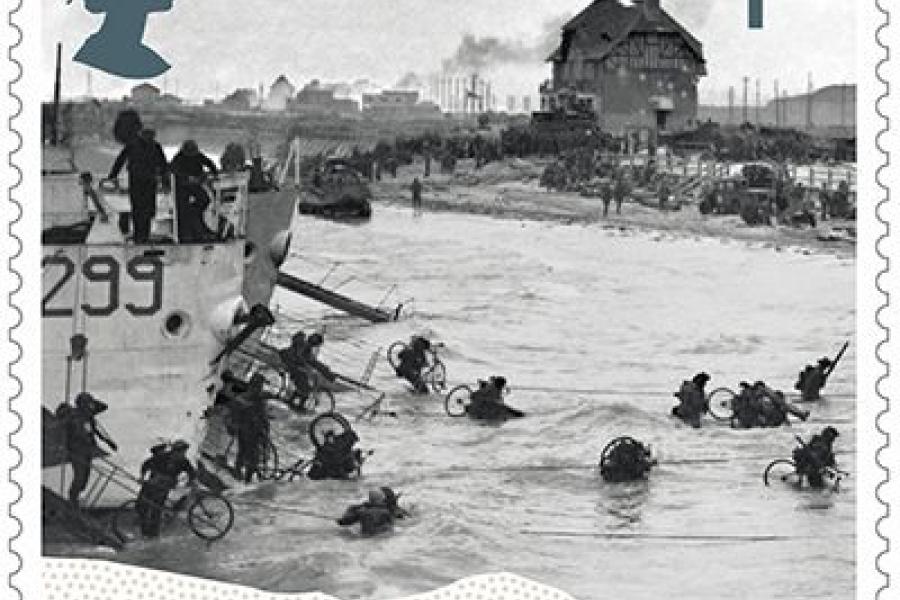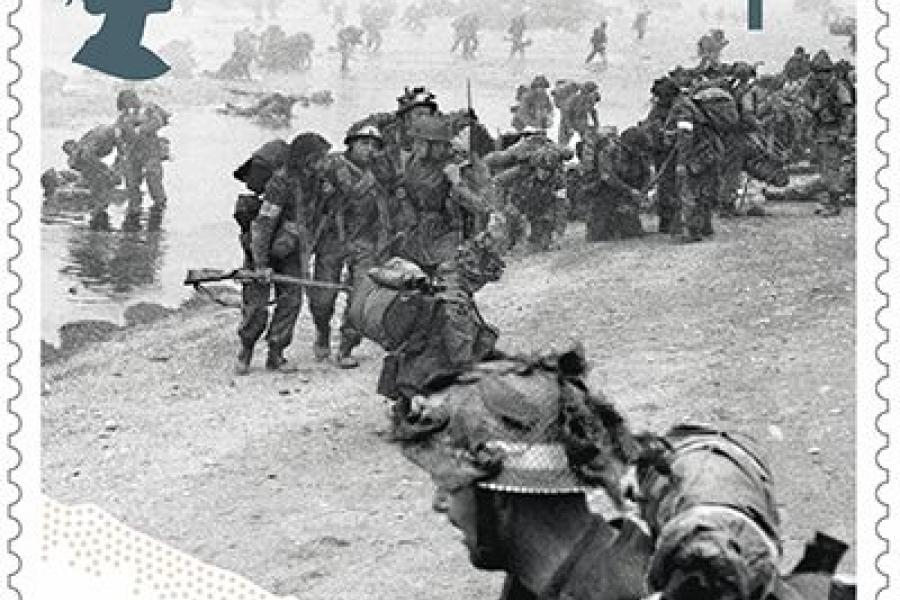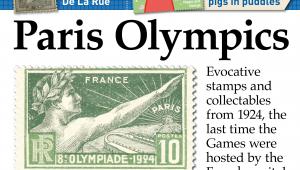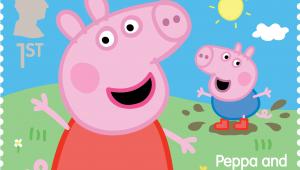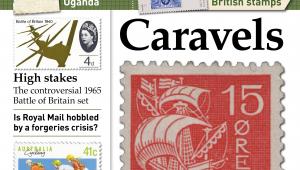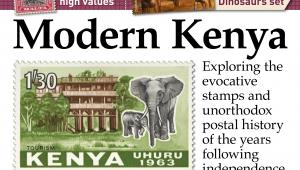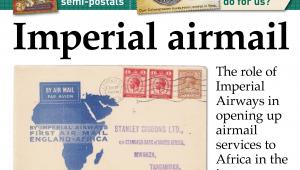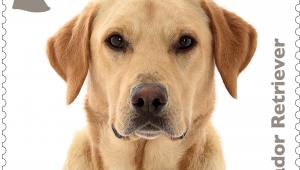75th Anniversary of D-Day
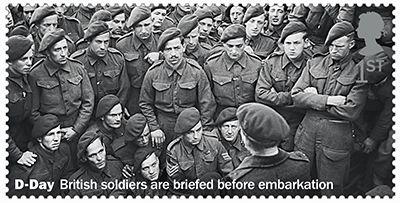
On June 6, Royal Mail issued a set of six stamps and a miniature sheet to mark the 75th anniversary of D-Day, the Normandy Landings which began the liberation of France from German occupation in World War II.
It was the largest seaborne invasion, and largest combined naval, air and land assault, in the history of warfare. More than 5,000 vessels and 150,000 Allied troops crossed the English Channel on the morning of June 6, 1944, following a sustained aerial and naval bombardment of coastal fortifications and the landing of airborne troops behind enemy lines.
Soldiers from Britain and the United States were joined in the assault by those of Canada and the rest of the British Empire, along with refugees from France, Czechoslovakia, Norway and Poland.
The counter-sheet stamps, which are available in vertically se-tenant pairs, are based on black-and-white photographs taken before, during and after the landings.
The five stamps in the miniature sheet each carry an image from one of the five assault beaches, nicknamed Utah and Omaha (the US zone), and Gold, Juno and Sword (the British and Canadian zone). The border has a map showing the relative locations of these on a 50-mile stretch of the Normandy coast.
Designed by Baxter & Bailey, the issue was printed in litho by International Security Printers.
1st class
Men of No4 Commando, 1st Special Service Brigade, are briefed by their commanding officer just before embarking for Normandy.
1st class
HMS Warspite, part of Bombardment Force ‘D’, shells German gun batteries in support of the landings at Sword beach.
£1.35
Paratroopers of the British 6th Airborne Division synchronise watches prior to take off in the early morning of June 6.
£1.35
Commandos of HQ 4th Special Service Brigade leave their landing craft and wade ashore at Juno beach.
£1.60
An American A-20 Havoc light bomber, painted with D-Day ‘invasion stripes’, provides air support following the landings.
£1.60
Troops from the East Yorkshire Regiment take cover as an enemy shell explodes nearby on July 19, as the Battle of Normandy progresses.
MINIATURE SHEET
1st class UTAH
More than 23,000 men of the US 4th Infantry Division landed on Utah beach, although strong currents swept the first wave of troops south of their original target. By the end of the day, they had advanced about 4 miles.
1st class OMAHA
Casualties at Omaha were higher than on any other beach, as air and naval bombardments had failed to knock out recently reinforced coastal defences. The first wave of troops from the US 1st and 29th Infantry Divisions were cut down at the water’s edge, and follow-up units struggled to gain a foothold.
1st class GOLD
Nearly 25,000 men of the British 50th Division landed on Gold beach. High winds caused the tide to rise more quickly than expected, concealing underwater obstacles, and the troops struggled to overcome defensive strongpoints, but by the end of the day they managed to join up with Canadian troops from Juno.
1st class JUNO
The Canadian 3rd Division suffered high casualties, especially among the first wave, because Juno was heavily defended and rough seas delayed the landing and reduced the width of the beach, which became jammed with incoming vehicles and equipment. By midnight, however, the Canadians had succeeded in linking up with the British at Gold.
1st class SWORD
Bad weather and strong resistance hindered the British 3rd Division’s assault on Sword beach, making it difficult to land the armoured support needed to advance inland. Although a German counter-attack was successfully repelled, it became impossible to take the strategically important city of Caen.
OTHER PRODUCTS
The presentation pack, written by experts from the Imperial War Museum, describes the events of D-Day as they unfolded, with a further selection of imagery.
PRICES
Set of 6 stamps £7.30
Miniature sheet £3.50
Presentation pack £11.60
Stamp cards £5.40
First day cover (stamps) £9.35
First day cover (mini sheet) £4.80
Coin covers from £17.50
VERDICT
COMMEMORATIVE WORTH 5/5
This was one of the most decisive military assaults of the 20th-century, the beginning of the endgame in World War II
QUALITY OF DESIGN 3/5
The challenge was selecting a range of photographs which afford a wide view of the aerial, naval and land battle
WOW FACTOR 3/5
Unusually for a large set, it’s the miniature sheet stamps which have the biggest visual and emotional impact

